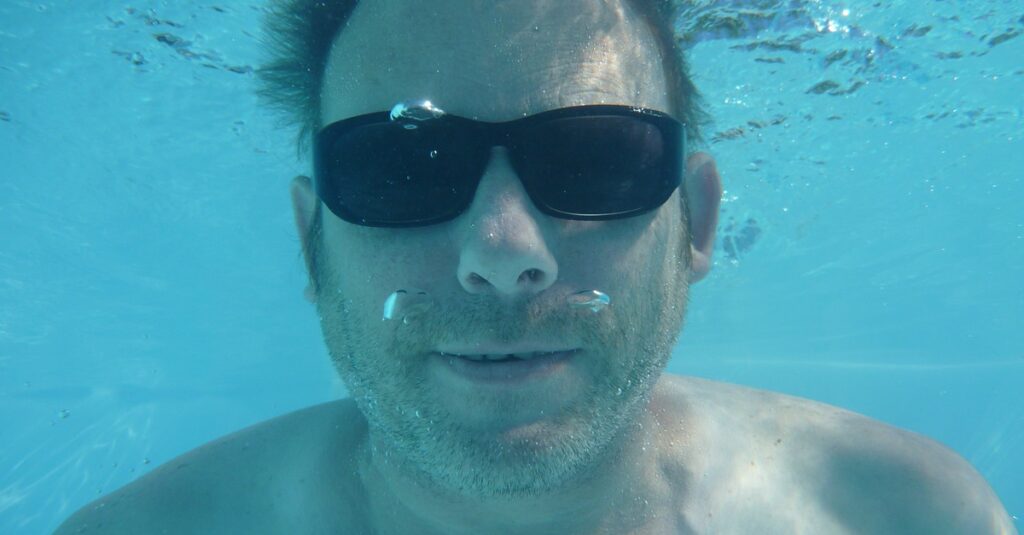

There is no one time you need to hold your breath for in freediving. If training for elite competitions, you will eventually be aiming to hold your breath for up to nine or ten minutes but achieving this could take many months or years of practice. As a beginner a minute or two is sufficient.
When freediving you need to be able to hold your breath for long enough to descend to your chosen depth and return safely to the surface. For beginners, this might mean only a minute, or long enough dive down a few meters and then resurface. Competitive freedivers might hold their breath for nine or ten minutes. The world record for freediver breath-holding was over 24 minutes.
The True Story Book of Freediving Champion Audrey Mestre and the Story of Her Death
View on Amazon: The Last Attempt (Opens new tab)


Top rated read
If you’ve ever wondered how long you need to hold your breath while freediving, then this article is a good place to start answering your questions. We tell you about apnea (breath-holding) practices in freediving, including how the lungs can be trained for longer breath-holds.
How long do freedivers hold their breath for?
When you first take up freediving, you should be able to hold your breath for around 30-60 seconds and swim comfortably underwater.
The ability to hold your breath for longer periods, and dive deeper underwater, depends on training and practice. This is something that should be built up gradually over time, through apnea training in and out of the water. Freedivers can hold their breath for longer underwater than on land due to the Mammalian Dive Reflex (MDR)
Recreational freedivers can hold their breath for as long as their competence allows. Some people will be more interested in multiple shallow freedives (e.g. to view coral reef environments) and others in longer, deeper dives (e.g. to test their ability to dive more deeply).
Elite freedivers may need to hold their breath for up to nine or ten minutes in order to win competitions, depending on their freediving discipline. The Guinness Book of Records entry for longest breath-hold by a freediver was 24 minutes 37.36 seconds, set by Budimir Šobat in 2021.
What is a good freediving breath hold?
A good freediving breath-hold is one which allows you to safely complete the dive of your choice. This could be a minute or two for a newer freediver, three to five minutes for a recreational diver who wants to explore an interesting underwater environment, or ten minutes for an elite freediver who is trying to win an international competition.
How do you train your lungs for freediving?
Freedivers aim to be both healthy and well-trained in order to maximize their lung capacity and enable them to fill their lungs with as much oxygen-rich air as possible before descending. More air gives the possibility of longer, deeper dives.
Lung function and capacity can be boosted with regular practice of breathing and apnea techniques and exercises. In elite athletes undertaking freediving breath training, lung function reportedly increased by 10%.
Dry apnea
Freedivers can begin training their breath on land with dry static apnea, lying on a bed or sofa and using training tables to guide their breath-holds. Dynamic apnea exercises (e.g. ‘apnea walking’) can train the body for movement under apnea conditions. Static and dynamic apnea together help freedivers develop tolerance of high carbon dioxide and low oxygen blood levels, as well as the sensations of anaerobic muscle working.
If you want to learn how you can improve, we’ve written a full article on apnea exercises for freediving (opens new tab) which gives some great tips.
Wet apnea
Static and dynamic apnea exercises should also be carried out in the water where the Mammalian Dive Reflex will be triggered. Dry apnea alone is not sufficient training for anyone who wants to boost their freediving performance.
Breath-up technique
Freedivers also use various techniques and practices to train their lungs to take in as much air as possible in their preparation immediately before diving (the breath-up). Learning to breath from the lower chest and diaphragm as well as upper chest can maximize a normal inhale. Something called “lung packing” or glossopharyngeal insufflation (GI) can add further air on top of a full inhale.
